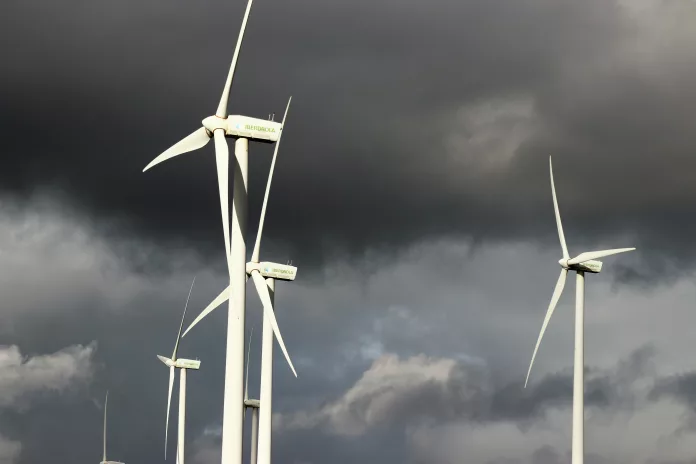Rising Star in Flow Battery Technology
Texas has always been synonymous with oil and big industry, but it’s rapidly becoming a beacon for renewable energy innovation. The Lone Star State is biting the bullet when it comes to clean technology, becoming an unexpected battlefield where fossil fuels are getting eclipsed by renewable energy developments, particularly in the flow battery sector—a testament to its diverse technological landscape.
The Urgent Need for Advanced Energy Storage
Lithium-ion batteries have been leading the charge in energy storage, helping to stabilize the grid with several hours of backup power. However, as we push towards a renewable future, the demand for longer-duration energy storage is increasing. The U.S. Department of Energy is actively searching for innovative solutions that extend beyond the 10-hour mark, and flow batteries are climbing up the priority list with their unique approach to energy storage.
Flow batteries benefit from a unique configuration where two chemical solutions channel electricity through a membrane. They’re versatile, and their capacity can be expanded simply by increasing the size of their storage tanks. Plus, advancements in the 21st century have streamlined their design, reducing issues with contamination and bulkiness that had previously hindered their adoption.
Securing a Domestic Supply Chain for Flow Batteries
Vanadium, an element with stellar properties for energy storage, sits at the forefront of flow battery technology. While it’s excellent in its role within the battery, the fact that much of the current vanadium supply comes from distant international locations like China and Russia poses significant challenges for building a domestic supply chain in the U.S.
Introducing a Groundbreaking Flow Battery Chemistry
With global climate concerns mounting, there’s a sprint to find more accessible and cost-effective materials for flow batteries. The U.S. may have found an answer with a startup named Quino Energy. They’ve formulated a new, quinone-based solution for flow batteries—material originating from natural sources and widespread in various industries—which is close to hitting commercial production and could revolutionize the energy storage market.
Quinones offer the environmental advantage of being abundant and inexpensive but also share a connection with synthetic dyes derived from petrochemicals—a reminder that the path to sustainability can still involve traditional industries. What’s critical is the way these materials steer us closer to immediate climate goals.
Texas: The New Frontier for Clean Tech Manufacturing
Quino Energy, launched out of Harvard University, has teamed up with New York’s Electrosynthesis Company and secured a hefty investment from the Energy Department. They have recently celebrated achieving Manufacturing Readiness Level 7, signifying their readiness for low-volume production, with plans to relocate from the East Coast to Houston, Texas. This move is poised to amplify their production and meet the demand for innovative pilot-scale demonstrations.
Their manufacturing model is eye-catching, as it could not only match but potentially cost less than conventional vanadium, and even aims to undercut lithium phosphate batteries in the future. Quino Energy’s technology promises to halve the cost of lithium-ion storage—a bold step towards making renewable energy more accessible.
The Path to a Diversified, Renewable Energy Landscape
While vanadium will have its place, the pursuit of diverse, low-impact technology is key to surmounting environmental challenges. Texas, though still close to its fossil-fuel roots, is making strides in renewable energy, heralding a significant increase in solar capacity and beckoning a wave of investors interested in cutting-edge sectors like green hydrogen.
The state’s grid challenges have also stirred a boom in energy storage investment. While the focus has been mainly on lithium-ion, expanded interest in alternative storage options, including innovative flow batteries and other creative solutions, suggests a more resilient and sustainable energy future for Texas.


























